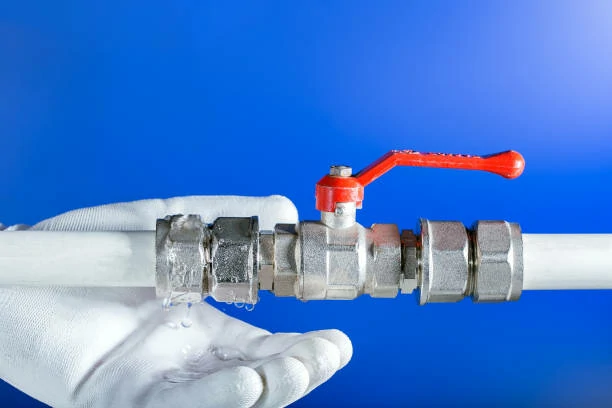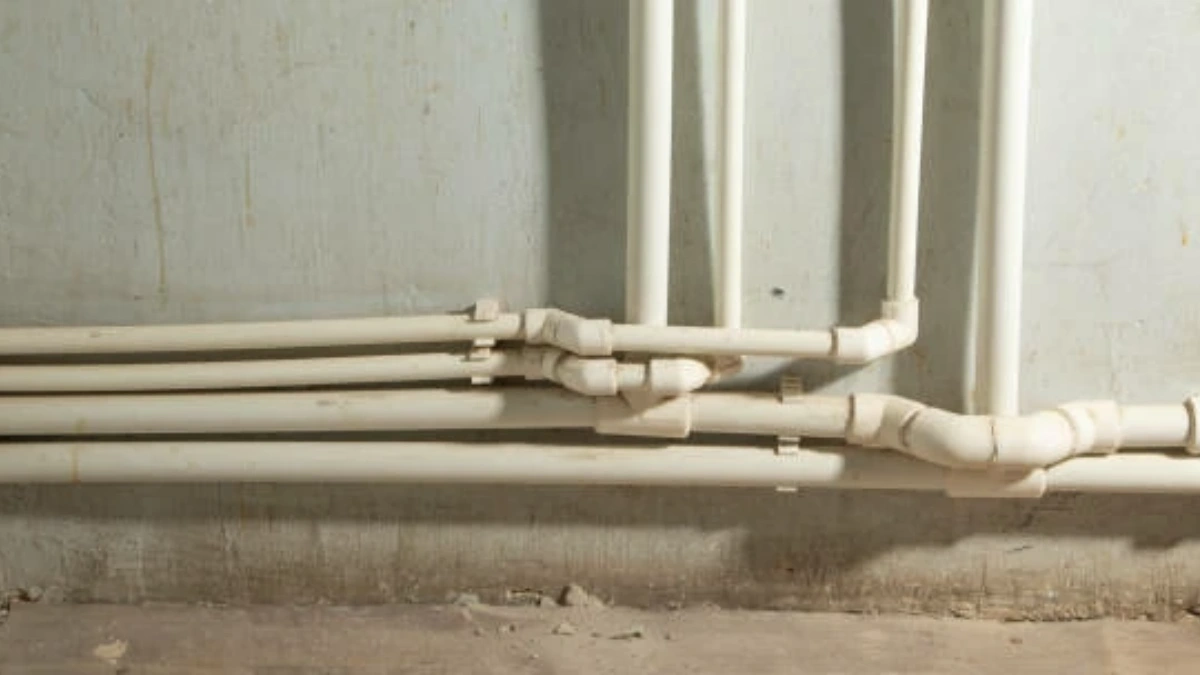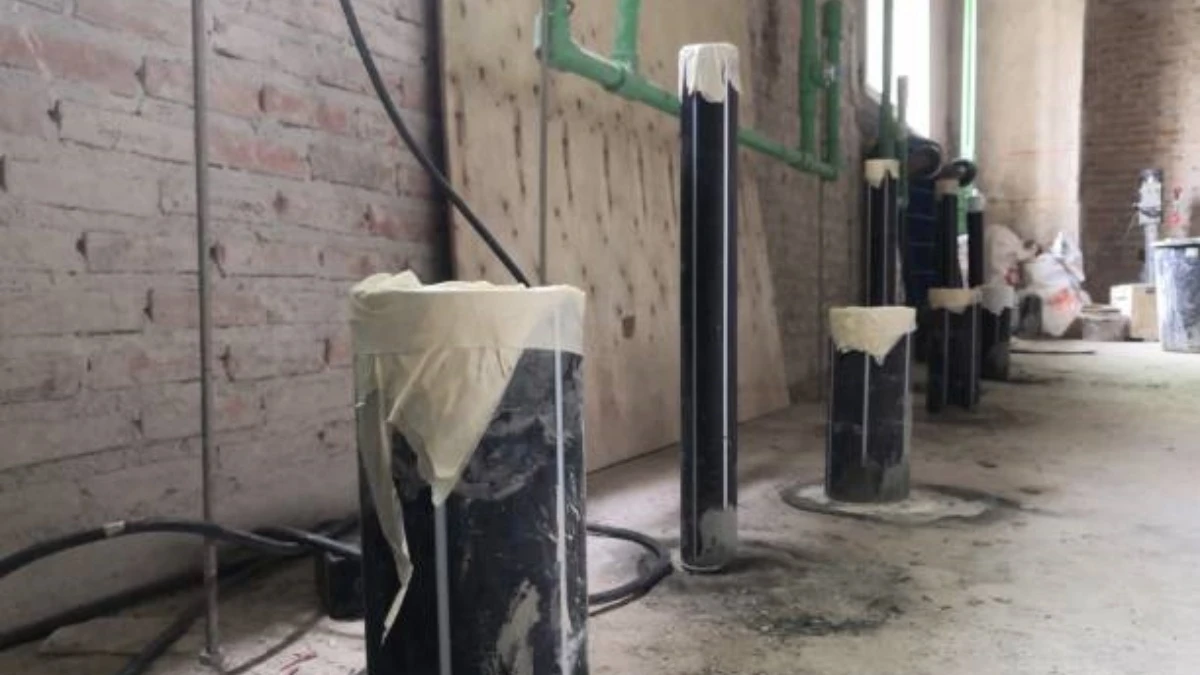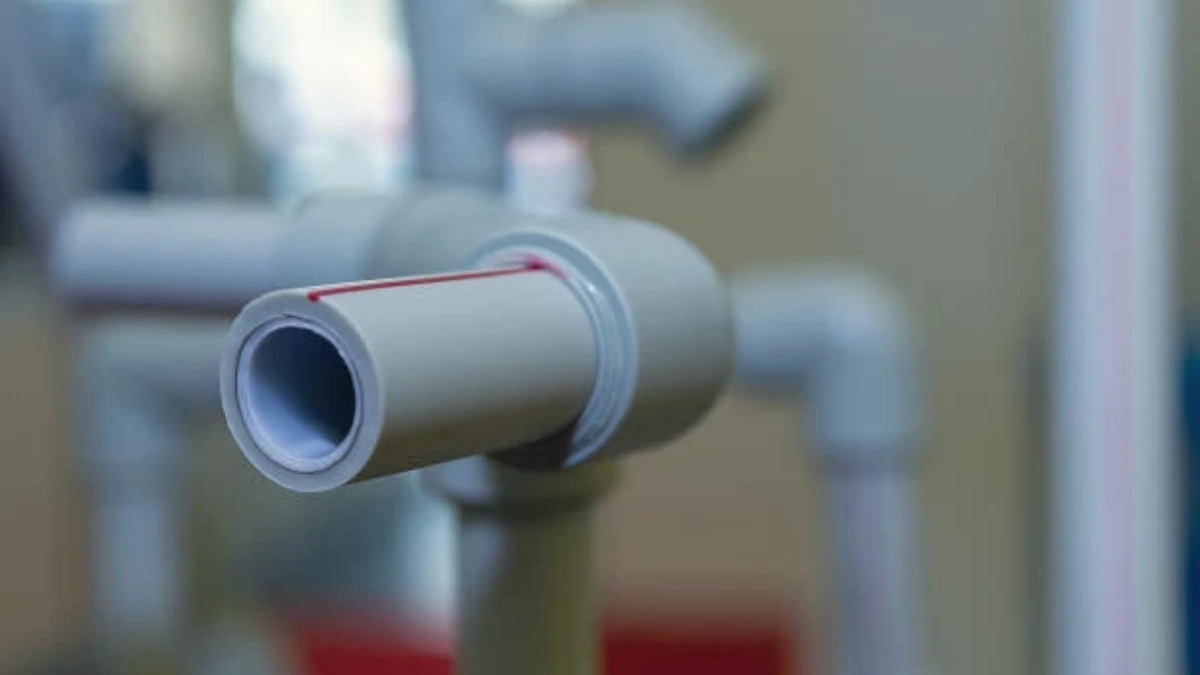Introduction: Why Focus on PPR Ball Valve?
Modern plumbing demands components that ensure smooth operation and lasting performance. PPR ball valves meet these expectations with precision, durability, and ease of use. Their design combines thermoplastic reliability with high-performance ball mechanics. Whether you’re installing home piping or a commercial network, these valves guarantee secure control and leak-free operation.
PPR ball valves offer easy operation with a simple quarter-turn mechanism. They function well in high-pressure and high-temperature environments. These qualities make them a favorite in both residential and industrial plumbing systems.
What Makes PPR Ball Valve Unique?
PPR ball valves use a rotating ball inside the valve body to control water flow. The valve allows full flow when open and completely blocks it when closed. This mechanism avoids pressure loss and flow disruption. Unlike metal valves, PPR ball valves resist corrosion, chemical reactions, and scaling.
The smooth internal surface of the PPR valve reduces friction, enabling efficient flow. These valves come with thermoplastic construction, providing insulation against heat and sound. With no moving metal parts inside the waterway, the valves avoid contamination and preserve water quality.
Top Advantages of Using PPR Ball Valve
PPR ball valves offer a long list of benefits for plumbing professionals and homeowners alike:
- Smooth operation: The quarter-turn handle makes flow control fast and easy.
- Strong sealing: Ball valves seal tightly, reducing the chance of leaks even under pressure.
- Corrosion resistance: PPR material stays unaffected by water acidity or mineral content.
- Durability: The valves endure harsh environments and last for decades.
- Safe for drinking water: The non-toxic PPR material ensures clean and safe water supply.
- Energy efficiency: PPR provides natural thermal insulation, reducing heat loss in hot water systems.
- Simple installation: Heat fusion bonding connects the valve to pipes securely without glue or sealant.
These benefits make PPR ball valves suitable for nearly all types of water systems.
Applications of PPR Ball Valves in Plumbing
You can use PPR ball valves in a wide variety of systems. They perform well in:
- Residential water lines: Both hot and cold water distribution networks.
- Commercial buildings: Centralized water control points and HVAC systems.
- Irrigation: Agricultural and greenhouse watering systems.
- Industrial piping: Chemical and water treatment facilities.
- Solar water heating: PPR handles high temperatures and pressure with no degradation.
The compact design of these valves also helps in tight spaces where larger valves cannot fit. Their thermal resistance makes them ideal for hot water circulation and radiant heating systems.

How to Choose the Right PPR Ball Valve
Selecting the right PPR ball valve involves a few essential steps:
- Measure your pipe size: Always match the valve size to the pipe diameter for a proper fit.
- Check pressure and temperature ratings: Make sure the valve meets your system’s conditions.
- Choose a trusted brand: Look for certifications like ISO, DIN, or NSF to ensure quality.
- Inspect the handle and body: A sturdy handle and smooth-turning ball mechanism ensure reliable operation.
- Review valve markings: Make sure directional flow and size labels are clearly visible and accurate.
You can also seek advice from plumbing supply specialists if you need help comparing options.
Installing PPR Ball Valves: A Simple Process
Installation of PPR ball valves uses a heat fusion process. Here’s how you can install them properly:
- Step 1: Cut the PPR pipe straight using a sharp cutter.
- Step 2: Clean the pipe and valve socket with a dry cloth.
- Step 3: Use a fusion tool to heat both the valve and the pipe.
- Step 4: Insert the pipe into the socket quickly and align it properly.
- Step 5: Hold the joint still for a few seconds to set.
Let the connection cool before you apply pressure or use the valve. This method creates a leak-proof bond that lasts for decades.
Maintenance Tips for Long-Term Performance
While PPR ball valves need very little maintenance, a few simple checks can extend their lifespan:
- Turn the valve handle every few months to keep movement smooth.
- Inspect for any exterior cracks or leaks.
- Avoid dropping or knocking the valve during installation.
- Use only compatible pipes and tools to prevent stress or damage.
Routine care ensures long-lasting performance and system efficiency.
Eco-Friendly Advantages
PPR material promotes sustainable construction and plumbing. It contains no heavy metals or harmful additives. You can also recycle PPR, which lowers waste during upgrades or replacements. Since PPR ball valves resist corrosion, they avoid early failure and reduce landfill contributions. Their energy efficiency supports green building certifications like LEED or BREEAM.
Contractors who value environmental impact often choose PPR valves for both new projects and retrofits. Homeowners benefit from fewer replacements and cleaner water over time.
Conclusion: Make the Switch to PPR Ball Valves
Choosing PPR ball valves means investing in reliable, leak-proof, and easy-to-use plumbing solutions. Their corrosion resistance, strong seal, and eco-friendly features set them apart from traditional valves. Whether you’re building a new home or updating an old system, these valves offer long-term value and peace of mind. Avoid future headaches—choose PPR for a smoother flow and a stronger seal.
Frequently Asked Questions (FAQs)
1. Can I use PPR ball valves for hot water lines?
Yes, they handle hot water up to 95°C with excellent thermal stability.
2. How do I know what size PPR ball valve I need?
Match the valve to the pipe’s outer diameter, commonly 20mm to 110mm.
3. Are PPR ball valves safe for drinking water?
Yes, the non-toxic PPR material does not affect water taste or quality.
4. Do I need glue to install a PPR ball valve?
No, PPR uses heat fusion to create a permanent, leak-proof bond.
5. How long do PPR ball valves last?
They typically last over 50 years when installed and maintained correctly.

















